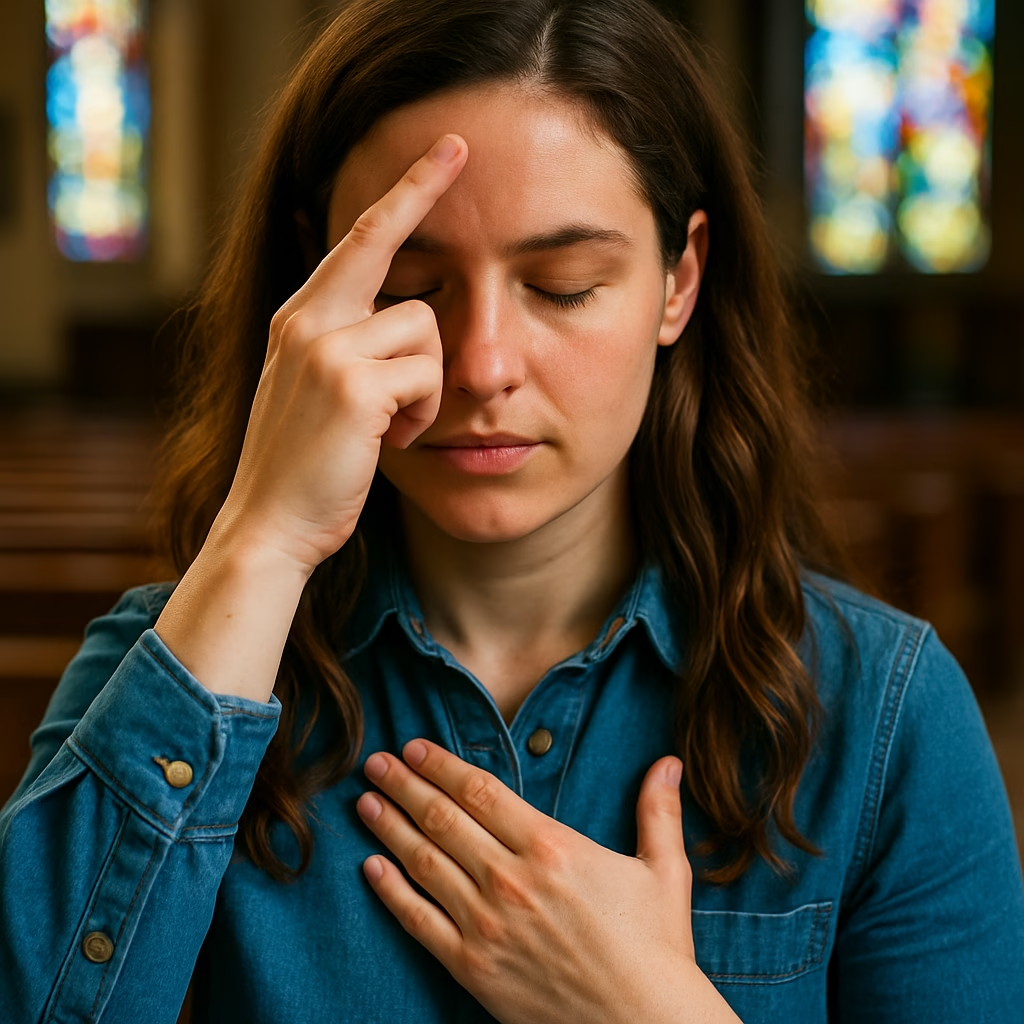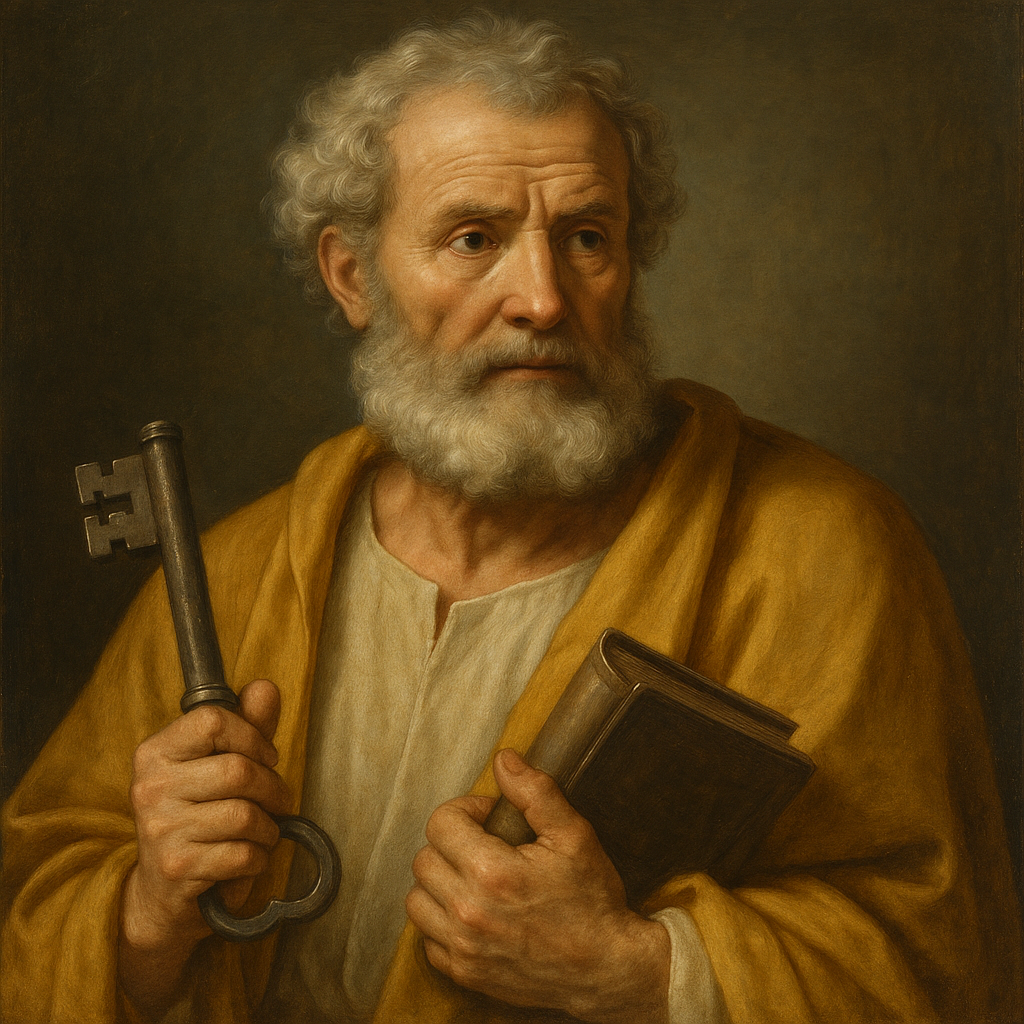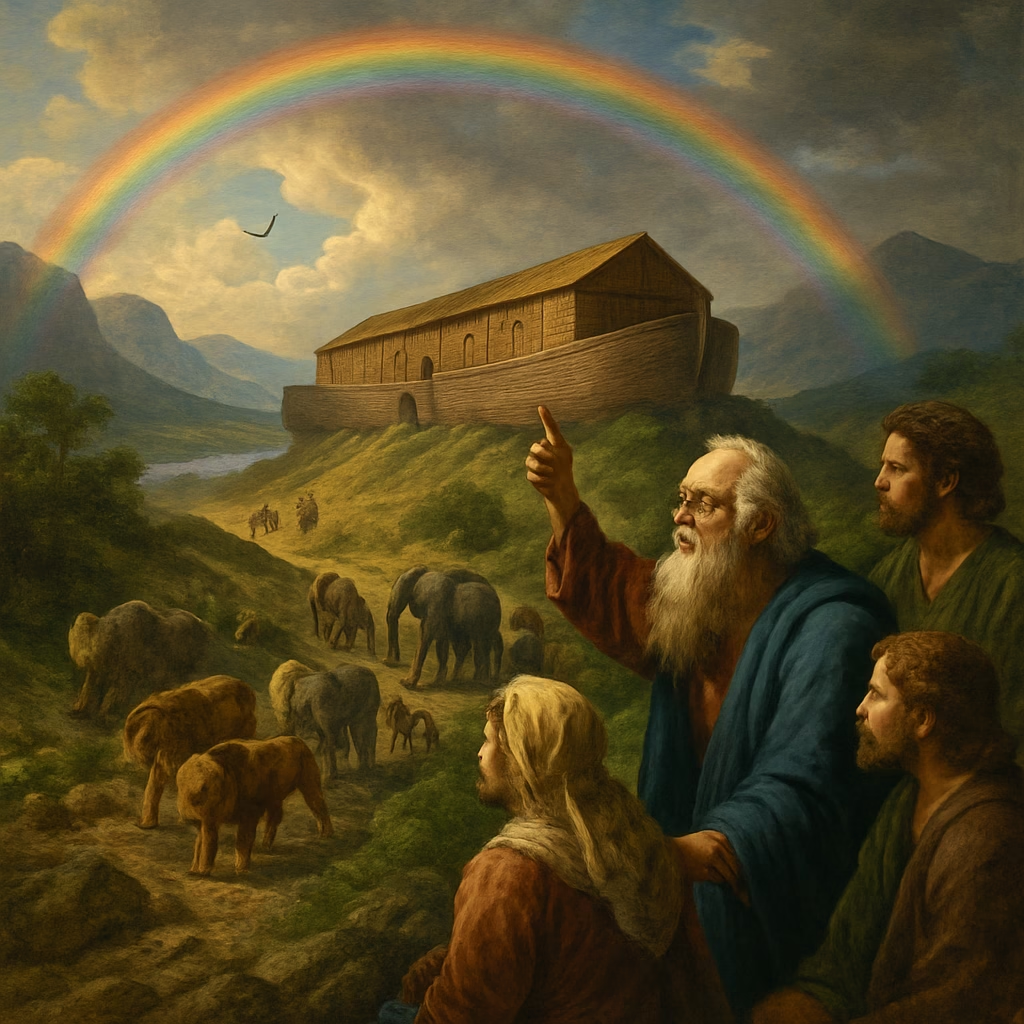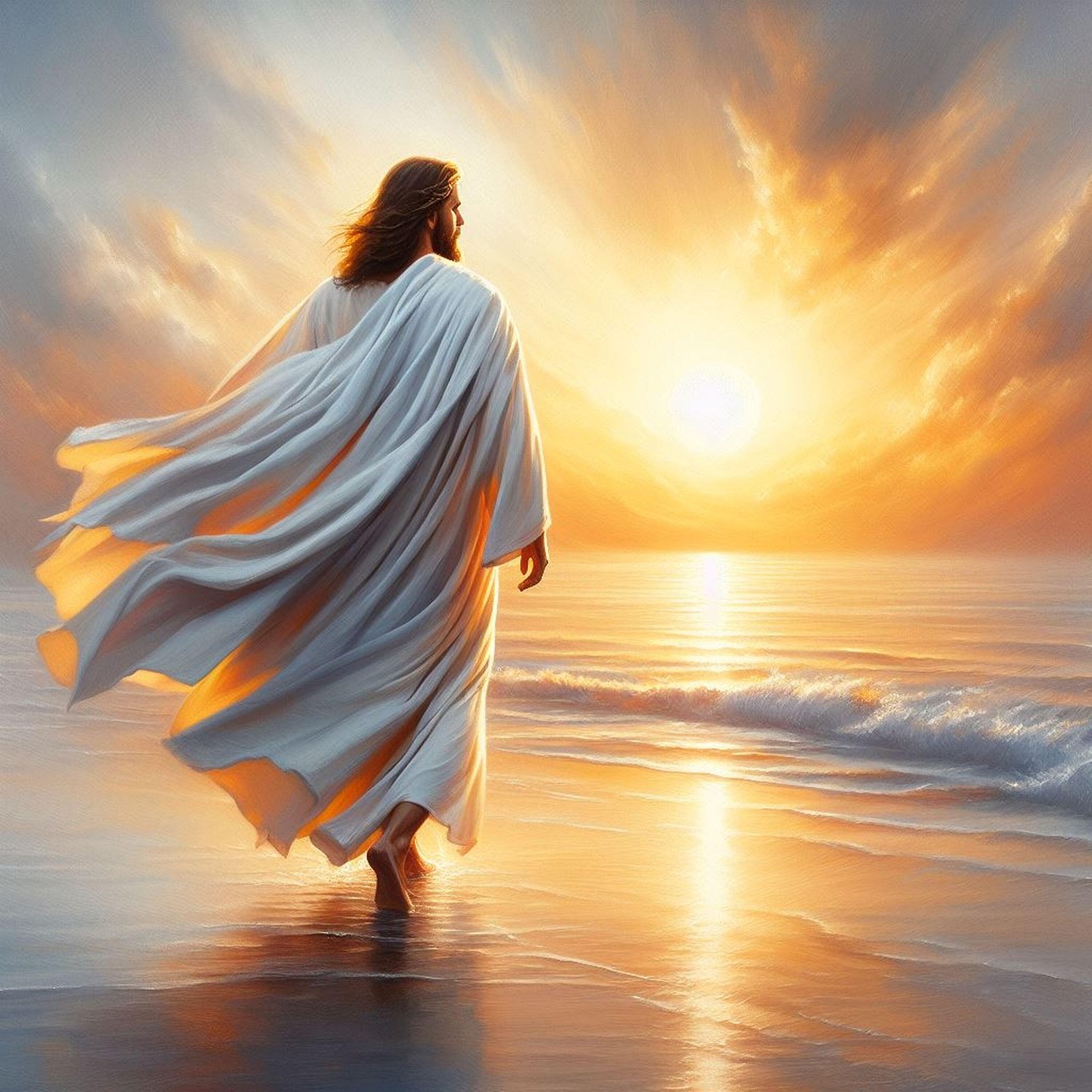🕊️ The Sign of the Cross: Meaning, History, and Power Behind the Christian Gesture
The Sign of the Cross is one of the most ancient and sacred gestures in Christianity. Whether whispered in a church pew, drawn across the body during prayer, or traced silently before sleep, this simple act holds deep theological and spiritual meaning.
✝️ What Is the Sign of the Cross?
The Sign of the Cross is a ritual gesture made by tracing a cross over one’s body while invoking the Holy Trinity:
“In the name of the Father, and of the Son, and of the Holy Spirit. Amen.”
It is both a profession of faith and a prayer of protection, a reminder of Christ’s sacrifice and our identity as followers of Jesus.
📜 Origins and Historical Background
The practice dates back to the early centuries of Christianity, referenced by Church Fathers like Tertullian (c. 200 A.D.), who wrote:
“At every forward step and movement, at every going in and out… we mark our foreheads with the sign.”
Originally, it was made with the thumb on the forehead only. Later, by the 4th century, the practice evolved into the full-body cross we know today, especially within Catholic, Orthodox, and Anglican traditions.
🔍 Symbolism and Meaning
1. Holy Trinity: Declares belief in God the Father, Son, and Holy Spirit.
2. Redemption: Reminds us of Jesus’ crucifixion and resurrection.
3. Identity: Marks the believer as belonging to Christ.
4. Protection: Often used to invoke divine protection against evil.
5. Prayer opener/closer: Sets apart sacred time and intention.
🙏 How to Make the Sign of the Cross
Touch your forehead: “In the name of the Father”
Touch your lower chest: “and of the Son”
Touch your left shoulder: “and of the Holy”
Touch your right shoulder: “Spirit. Amen.”
🔄 In the Eastern Orthodox tradition, the right shoulder is touched before the left, symbolizing Christ seated at the right hand of the Father.
💡 Devotional Takeaway
Every time you make the Sign of the Cross, you are:
- Declaring your faith
- Remembering Christ’s victory
- Inviting the Holy Spirit to guide you
- Acknowledging that your body is a temple of the living God
🧠 Challenge: For one week, begin and end your day with the Sign of the Cross. Make it slowly and mindfully. Feel its power.
🙏 A Short Prayer with the Sign of the Cross
✝️ Prayer:
In the name of the Father, who created me,
And of the Son, who redeemed me,
And of the Holy Spirit, who sanctifies me,
I consecrate my life to You. Guide me, protect me, and help me to walk in Your will. Amen.
❓ FAQ: The Sign of the Cross
1. Is the Sign of the Cross only for Catholics?
No. While it is more commonly seen in Catholic and Orthodox traditions, many Anglicans, Lutherans, and other Christians also use it in personal devotion.
2. Can I use the Sign of the Cross during private prayer?
Absolutely. It’s a powerful way to begin and end prayer, or to ask God’s help in moments of need or fear.
3. Is it in the Bible?
The gesture itself is not directly described in Scripture, but the Trinitarian formula comes from Matthew 28:19:
“In the name of the Father, and of the Son, and of the Holy Spirit.”
4. Should children be taught the Sign of the Cross?
Yes. It’s a beautiful way to help children learn the Trinity, feel spiritually secure, and understand that their faith has physical expression.
📘 Related Scriptures
Matthew 28:19 – “Go therefore and make disciples…”
Galatians 6:14 – “Far be it from me to boast except in the cross of our Lord Jesus Christ…”
1 Corinthians 1:18 – “The message of the cross is foolishness to those who are perishing, but to us… it is the power of God.”
✅ Final Thoughts
The Sign of the Cross is not just a habit, it is a sacred declaration of who God is and who we are in Him. When you trace that invisible cross, you’re claiming your identity, invoking the Trinity, and standing in the shadow of Christ’s sacrifice.
✨ Let every cross you make be a living symbol of faith, love, and divine power.






